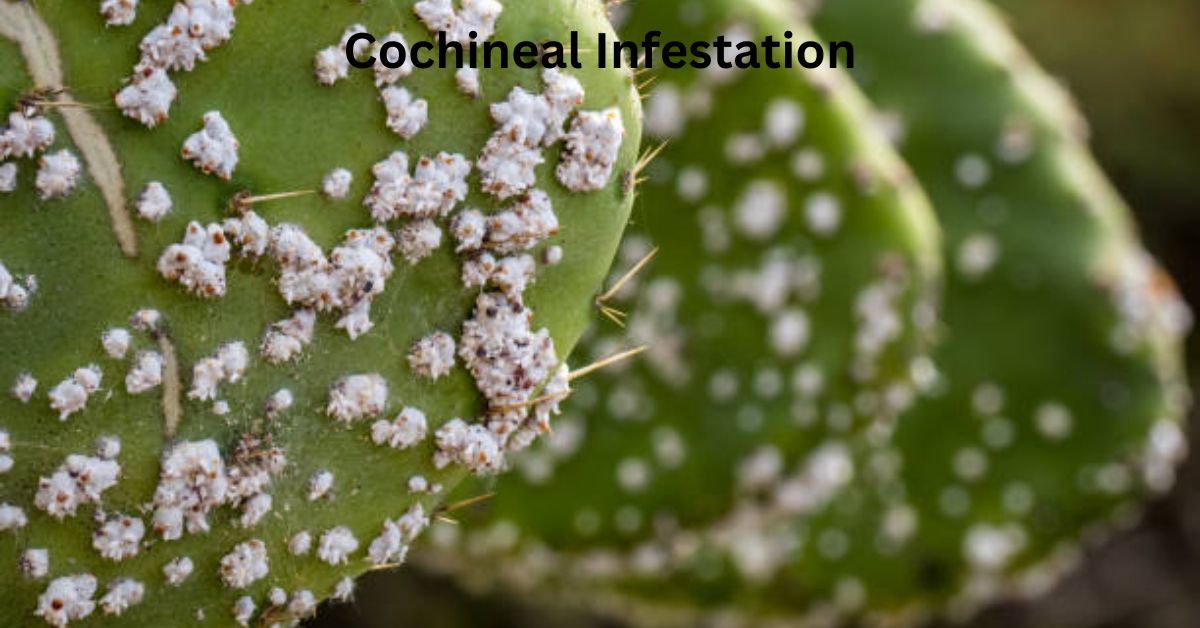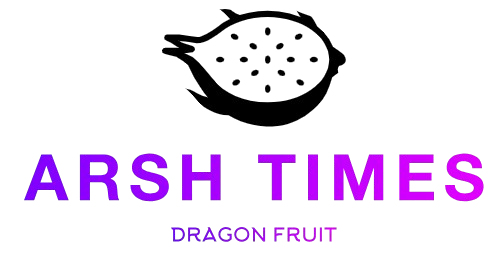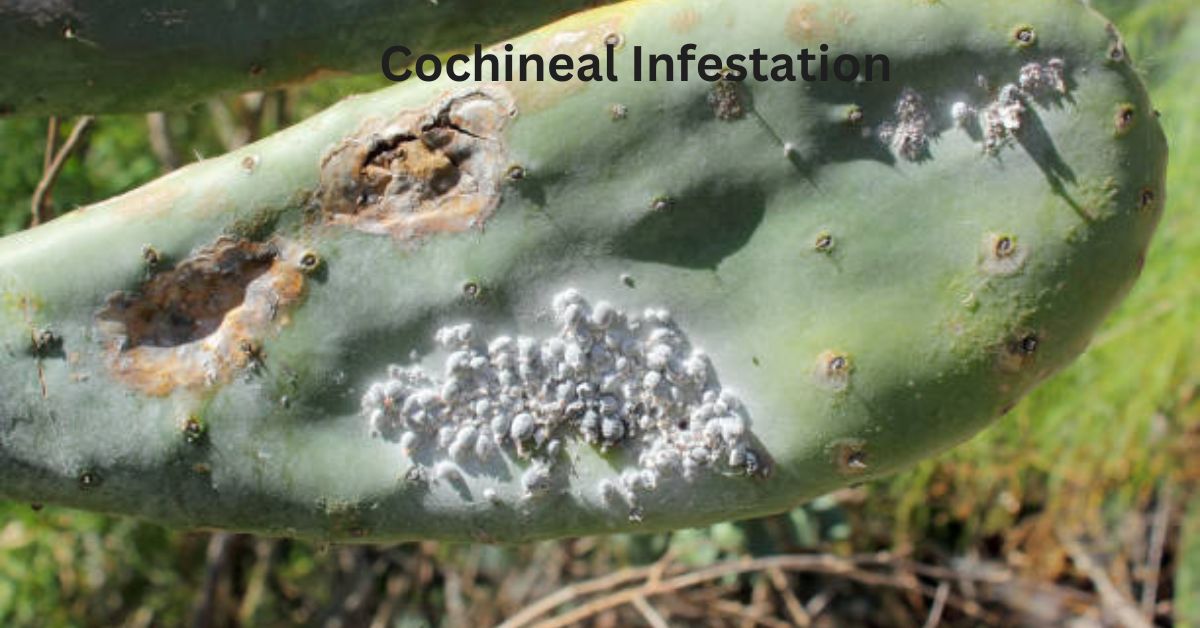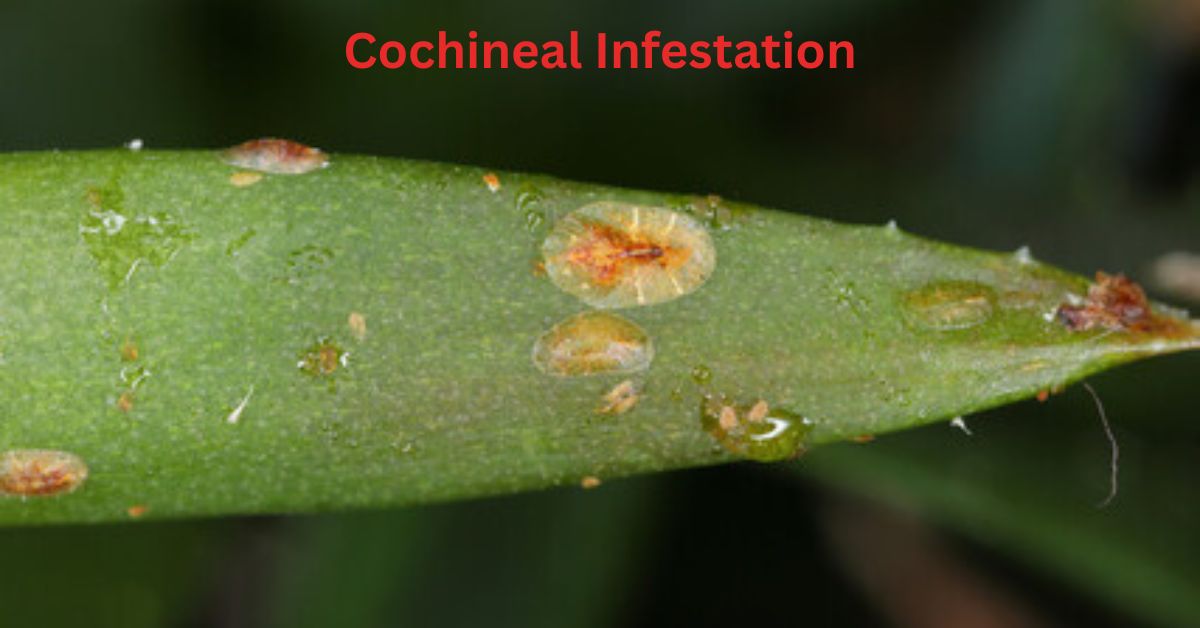
Dragon fruit farmers in the USA are facing a growing problem—cochineal infestations. Learn how these pests damage crops, how to identify them early, and the best prevention and control strategies to protect your farm.
Introduction
Dragon fruit, also known as pitaya, has taken the USA by storm, prized for its exotic look, impressive health benefits, and versatility in smoothies, desserts, and salads. However, dragon fruit farmers are now battling a serious agricultural threat—cochineal infestation.
These tiny, sap-sucking insects are wreaking havoc on dragon fruit crops, leading to weakened plants, lower yields, and financial losses. If left unchecked, cochineal infestations can devastate an entire harvest, making it essential for farmers and home growers alike to take action.
In this article, we’ll break down
What cochineal insects are
How they damage dragon fruit crops
Signs of infestation
Effective prevention and treatment methods
The economic impact on dragon fruit farming in the USA
What Are Cochineal Insects?
Cochineal insects (Dactylopius coccus) are small, soft-bodied pests that feed on cactus plants, including dragon fruit. They appear as white, cotton-like clusters on the plant’s stems, joints, and even the fruit. These insects have historically been harvested to produce natural red dye, but for dragon fruit farmers, they are nothing short of a destructive pest.
Why Are Cochineal Insects a Problem?
- They Spread Fast – A small infestation can quickly grow, covering large portions of the plant.
- Difficult to Spot Early – Their white, waxy coating camouflages them, making detection tricky.
- Resistant to Some Pesticides – Conventional pesticides may not always be effective, requiring integrated pest management strategies.
How Cochineal Infestation Insects Damage Dragon Fruit Plants
1. Sap Depletion
Cochineal insects suck the sap from dragon fruit plants, weakening them over time. Affected plants may experience stunted growth, fewer flowers, and lower fruit production.
2. Sooty Mold Growth
As these pests feed, they excrete a sticky substance called honeydew. This sugary residue encourages the growth of sooty mold, a black or dark green fungus that coats the plant, reducing photosynthesis and further weakening the plant.
3. Aesthetic Damage
Dragon fruit is known for its vibrant and appealing appearance, but cochineal infestations leave white patches and mold, making the fruit less attractive to consumers and reducing its market value.
4. Increased Susceptibility to Disease
Weakened dragon fruit plants become more prone to fungal infections, bacterial diseases, and other pest infestations, compounding the damage caused by cochineal insects.
How to Identify a Cochineal Infestation
Early detection is critical in preventing cochineal insects from taking over your dragon fruit farm. Here’s what to watch for
- White, Cottony Clusters – These insects form fuzzy, white colonies on stems, joints, and the fruit itself.
- Yellowing or Wilting Leaves – As they drain the plant’s sap, leaves may turn yellow and droop.
- Sticky Residue (Honeydew) – A clear, sticky substance on the plant is a sign of cochineal feeding.
- Sooty Mold Growth – Black or dark green fungal patches may appear where honeydew accumulates. If you notice any of these signs, take immediate action to prevent further spread.
How to Prevent and Control Cochineal Infestations
1. Regular Plant Inspections
Conduct weekly inspections of your dragon fruit plants. Pay close attention to areas where the stems meet and remove any signs of early infestation before it spreads.
2. Prune Infested Areas
If you spot white clusters of cochineal insects, prune the affected stems immediately. Dispose of the cuttings far from your plants to prevent reinfestation.
3. Encourage Natural Predators
Beneficial insects like ladybugs and lacewings naturally feed on cochineal insects. Introducing these predators to your farm can help keep the population in check.
4. Organic and Chemical Treatments
Neem Oil – A natural insecticide that disrupts the life cycle of cochineal insects.
Insecticidal Soap – Effective in suffocating soft-bodied pests like cochineal.
70% Isopropyl Alcohol Spray – Kills cochineal insects on contact when applied directly.
For severe infestations, systemic insecticides may be necessary, but always opt for environmentally friendly solutions when possible.
5. Maintain Proper Plant Spacing
Overcrowded plants create humid conditions that pests love. Ensure proper spacing between your dragon fruit plants to improve air circulation and reduce the risk of infestation.
6. Boost Soil and Plant Health
Strong, healthy plants are more resistant to pests. Use organic compost and fertilizers to enhance plant immunity and create a more resilient crop.
The Economic Impact on USA Dragon Fruit Farmers
Cochineal infestations are not just a minor inconvenience—they pose a real financial threat to dragon fruit farmers in the USA. Here’s why
Lower Yields – Infested plants produce fewer and smaller fruits.
Increased Production Costs – Farmers must invest in pest control measures, adding expenses.
Market Value Decline – Aesthetic damage reduces consumer appeal and sales prices.
Potential Crop Losses – Severe infestations can lead to entire crops being lost, affecting farmer livelihoods.
For small-scale farmers, these challenges can be particularly devastating, making preventative action crucial.
Consumer Awareness and Market Trends
As awareness of sustainable farming grows, eco-conscious consumers are willing to support farmers who use organic and sustainable pest control methods. By adopting natural and organic treatments, farmers can market their produce as:
Pesticide-Free
Sustainably Grown
Environmentally Friendly
This not only protects dragon fruit crops but also builds trust with consumers looking for healthier and more ethical food choices.
Final Thoughts
Cochineal Infestation Protecting the Future of Dragon Fruit Farming
Cochineal infestations are a growing concern for dragon fruit farmers in the USA, but with proactive measures, these pests can be controlled.
By staying vigilant, using sustainable pest control methods, and spreading awareness, we can protect dragon fruit farms and ensure that this delicious super fruit remains available for years to come.
Don’t wait for an infestation to get worse—take action now and keep your dragon fruit crops thriving!






WTdshMZ WzzsGDW SARI xmYer